Nothing cheesy for The Laughing Cow as it spreads its brand presence…
By N Jayalakshmi | April 03, 2023
What does it take to navigate through the complex Modern and General Trade retail space and reinforce brand positioning for a challenging category like cheese? Alamjit Singh Sekhon, Commercial Director of Bel India, which sells the cheese brand The Laughing Cow, shares with Retail4Growth,the brand’s journey in the Indian market in an exclusive interaction.
In the cluttered FMCG space, creating a brand presence in retail is as much about managing the category and negotiating with the retailer, as it is about communicating with the shoppers. It is essentially about being cued into every single detail in the whole path to purchase and offering the right nudges to consumers. This is exactly what international cheese brand ‘The Laughing Cow’ (TLC) has been doing to carve its presence in the Indian market, as Alamjit Singh Sekhon, Commercial Director of Bel India, tells Retail4Growth in this exclusive interaction.
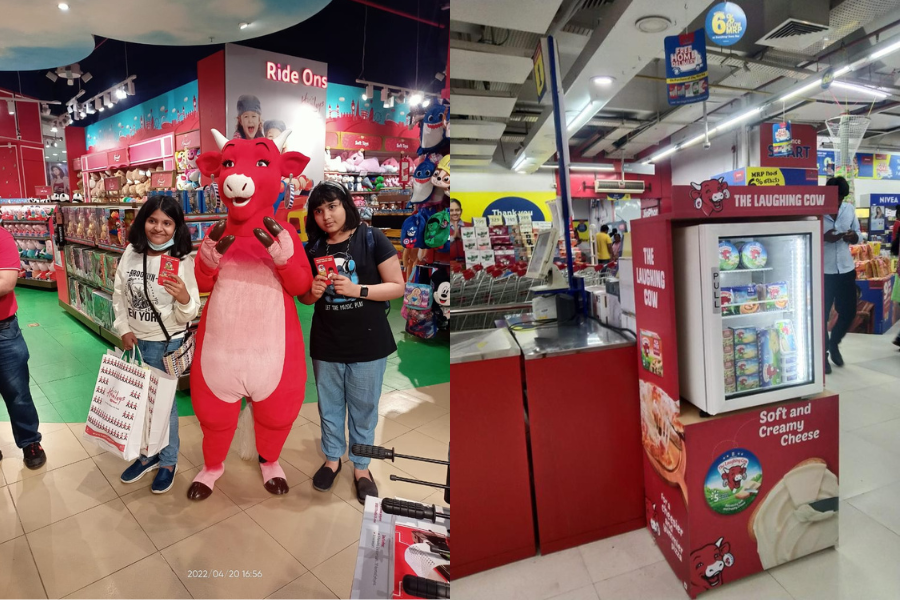
When international food company Bel decided to bring one of its largest selling global cheese brands to the Indian market, ‘The Laughing Cow’ seemed the perfect fit, especially given the brand icon and its cultural connect, says Alamjit. With innovations in product range and packaging, along with a re-working of the mascot (the laughing cow), the brand was all ready and set to woo the Indian cheese market, which reportedly, is an under-penetrated one.
According to an IMARC Group research report, the Indian cheese market reached INR 71.3 billion in 2022 and is expected to reach INR 262.6 billion by 2028, showing a growth rate (CAGR) of 24.06% during the period 2023-2028.
But as yet, only 5% five per cent of Indian household reportedly consumes cheese, indicating there is huge potential for growth. For TLC, it was thus a huge opportunity, with retail playing a key role in building its brand presence and market reach.
Category/brand visibility management
With a presence in about 12,000-14,000 stores, including both Modern Trade (MT) and General Trade (GT) outlets, the cheese brand left no stone unturned while leveraging the retail space.
Alamjit explains, talking about the brand’s approach to tapping retail channels in the country, “The Indian cheese market is not very large, compared to the dairy market. So category creation was the need of the hour for the brand. This meant we had to do some smart things like cross-placement, which drives usage. Like for instance, placing cheese next to bread in an MT outlet or having the parasite unit placed next to bread or bakery products in a GT store, etc. The next crucial thing was addressing visibility issue, given the cramped shelf space. So we improvised and planned the collaterals and product packaging in a strategic manner to improve product visibility. The whole idea was about paying attention to every small thing that would make the product stand out.”
By way of example, Alamjit talks about placing cheese inside chillers in the checkout areas in some of the MT stores to trigger impulse purchases. “No one had ever thought of cheese as being an impulse category. But wherever we did this, we gained 10-15% of the store sales through that. It basically worked as a reminder and added a layer of brand visibility.”
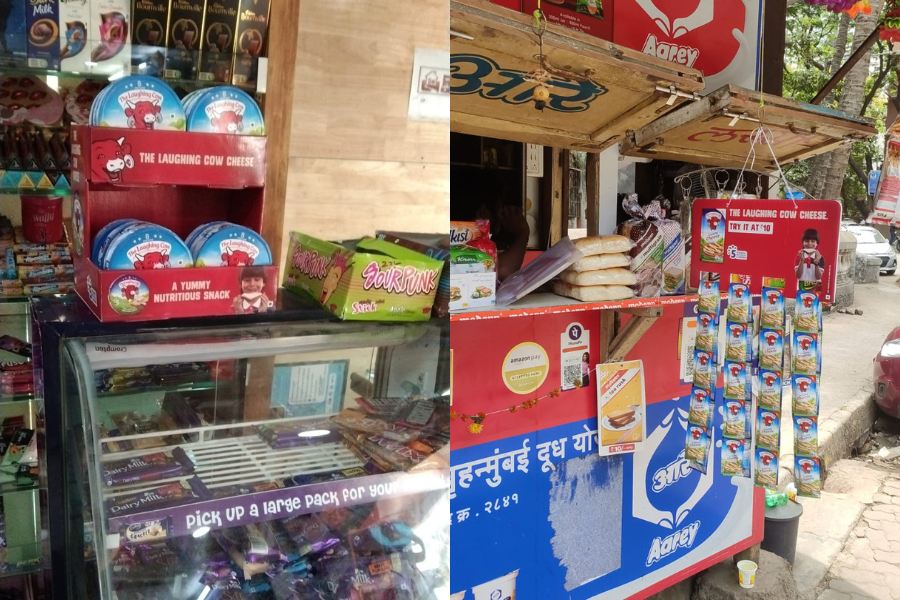
Reaching out to the shopper
But boosting brand visibility and sales is one thing, and actually catching the shopper‘s attention is another. As Alamjit adds, “It was equally important for us to enhance the consumer experience. So we did a store-wise analysis and accordingly placed TLC brand ambassadors, wearing a chef’s hat and an apron in high-traffic stores, who would encourage shoppers to try the product. We saw a conversion rate of about 70% with that. So everything was about bringing the brand upfront and spurring consumers to try it.”
This also meant developing partnerships with external stakeholders like POSM agencies, who were made to feel part of the growth story. It also explains some of the in-store innovations like the attention-grabbing POSM with a moving knife, simulating the action of cheese being spread on the bread. The TLC mascot, which was designed by a Bollywood costume designer and was reborn in India, is also a testament to a successful partnership with external agencies, according to Alamjit. As he says, “It’s not only about conceptualising an idea but also about implementing it.” Watch this animated display unit of TLC.
Onboarding the retailer as a partner
Further elaborating on the distinct challenge that the brand faced in the MT and GT channels, Alamjit adds, “In the MT space, the challenge initially was about establishing relevance and breaking through the clutter. So we made sure to make it an investment for the retailer, in a way that would increase their off-take. Over a period of time, it worked and the retail brand also began to see the benefit of partnering with us. So when it came to a large retail platform - whether offline in the MT space or in the e-commerce space - our vision was to be the top or preferred supplier for the retail client. But being the top supplier doesn’t necessarily mean we had to be the highest in terms of margins, it was rather in terms of being their preferred partner. In the GT space though, we had to take a slightly different approach, since it was dependent on each store and retailer. There it was a gradual process of understanding the needs and accordingly, planning brand presence.”
This involved educating the retailer on the product and making sure there was no gap between order taking and delivery of the product. “I would say we tried to rewrite the rules of the game and have a hybrid model wherein some products like the sachet could be sold to the retailer immediately, while a few others could be pre-ordered and delivered the next day.”

Leveraging touchpoints
The brand also pushed the boundaries when it came to leveraging various touchpoints, like partnering with the ‘Breadwallahs’ in cities like Mumbai and selling through them. “We did sampling with them in about 100,000 households. They are not exactly retailers, but we believe in exploring every channel, being where consumers do not expect us, and creating opportunities to complement existing products.”
In the age of omnichannel, the online channel is an inevitable one, even for FMCG brands. As Alamjit says, “Ecomm has been leading the growth for us, and overall we grew at 120 %, last year, doubling our sales in some stores, driven by accurate forecasting and incentivising the retailer, as mentioned earlier.”
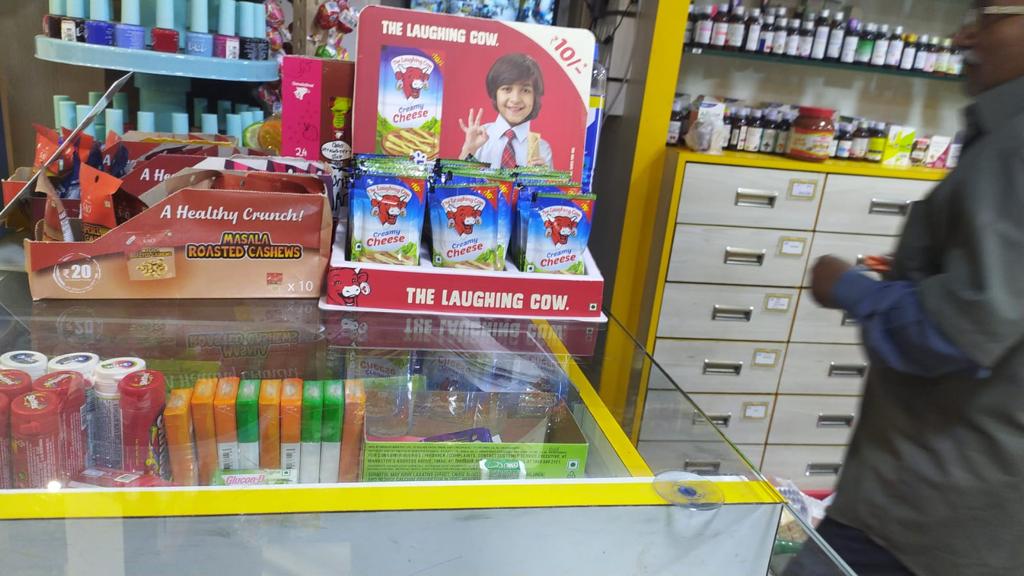
Key retail investment areas
Finally, addressing the question of key investment areas in future, Alamjit says, “We will continue to invest in AI driven tools, for mapping our visibility and market share, enhancing retail visibility and enhancing consumer experience through trials and activations, that’s something we won’t ever give up on. We in fact have a robust model wherein we track and compare the cost of trial and the cost of acquisition for every activity we do and we keep on fine-tuning it.” Well, by the looks of it, the brand is certainly saying ‘Cheese’, loud and clear, and is all set to ensure it echoes in the Indian market!
Get exclusive access to retail multiverse here.

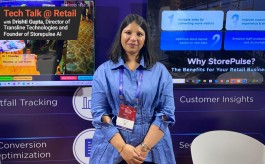
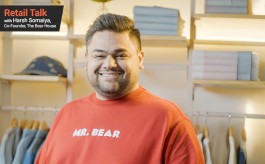

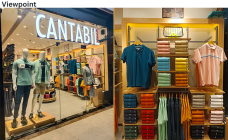
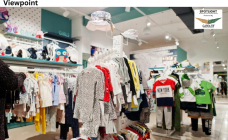
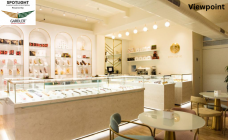


Comments